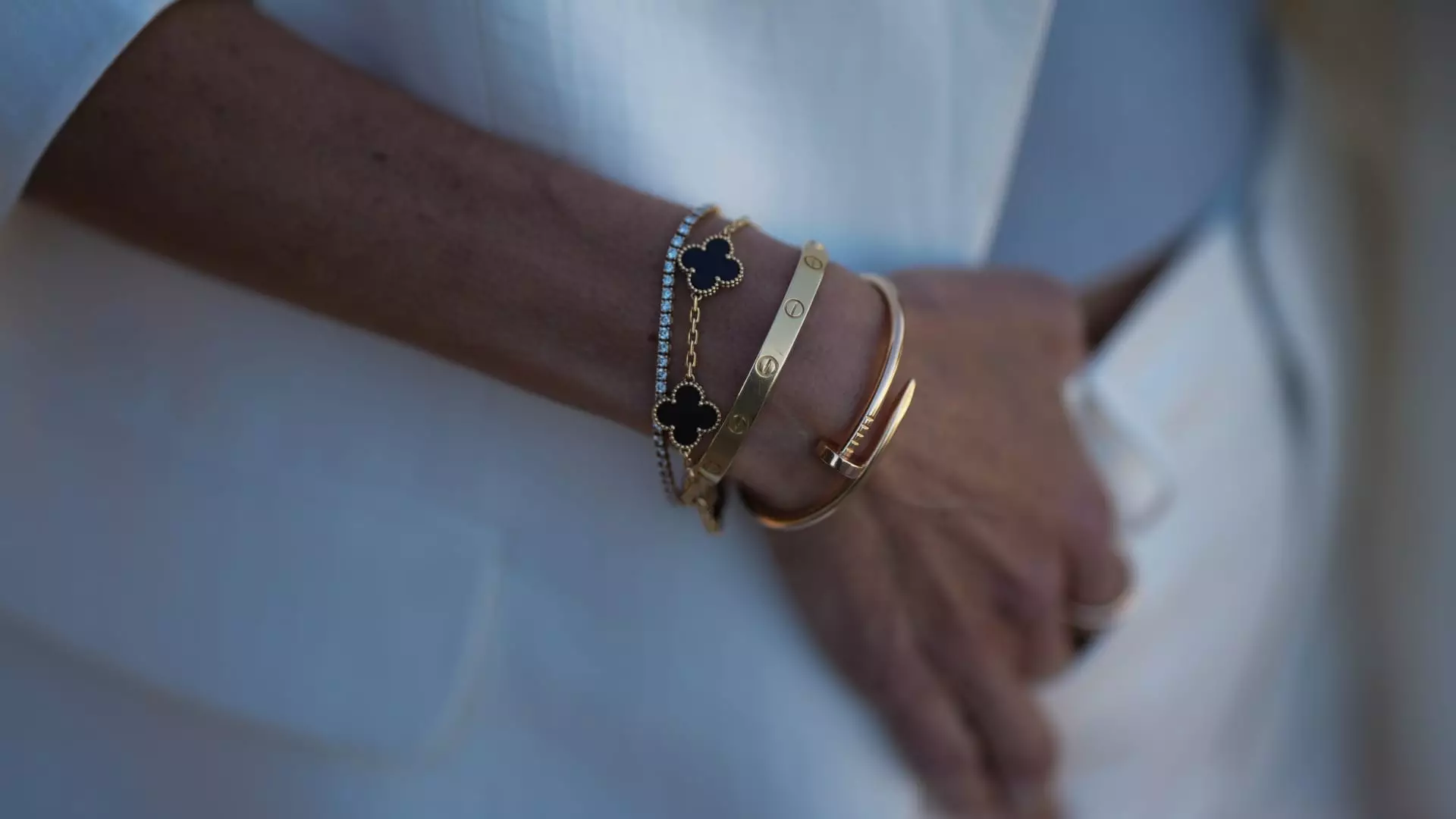For years, analysts and industry insiders have clung to the hope that luxury retail would surge back to pre-pandemic heights in 2025. The glimmer of a turnaround was believed to be around the corner, fueled by the holiday shopping spree of the previous year and the euphoria that often accompanies election cycles. Yet, beneath this optimistic veneer lies an uncomfortable truth: the luxury market is fundamentally struggling to regain its former momentum. Despite a handful of positive signals in May, the overall trajectory remains bleak and inconsistent. Official data reveals a stubborn decline in U.S. credit card spending on luxury goods during the first half of 2025 compared to the same period last year, echoing a market that refuses to lift off after years of upheaval. This discrepancy underscores that the perceived recovery lacks substantive support, revealing a fragile and deeply uncertain industry status quo.
The Illusory Resilience of the Luxury Sector
While some categories like jewelry have demonstrated surprising resilience, they mask deeper vulnerabilities within the luxury ecosystem. Jewelry expenditures boosted by 10.1% year over year in May seem promising but are misleading if viewed as broad indicators of health. These gains are driven by a small, increasingly polarized consumer base that is willing to spend heavily on high-end jewelry—a niche that serves as both an investment and a sentimental holder. Meanwhile, categories such as leather goods and ready-to-wear continue to falter, their stagnant or declining sales illustrating that luxury consumption is becoming more selective and less widespread. Luxury brands have tried to cushion this decline by raising prices—sometimes by as much as 40% since the pandemic’s start—yet this strategy has not translated into proportional increases in consumer value or satisfaction. Instead, it signals an industry wary of genuine organic growth, clinging to price hikes in hopes readers will ignore the thinning margins and consumer fatigue.
The False Promise of Jewelry’s Investment Potential
Jewelry’s recent performance, while touted as evidence of a market revival, warrants a critical lens. Experts suggest that consumers are increasingly viewing jewelry as an alternative investment—specifically, as a store of value amid economic uncertainty. This shift is more about psychological ballast than genuine demand for luxury jewelry as adornment. Gold prices have surged by over 25% this year, and brands like Cartier have adjusted their prices modestly to reflect this trend. However, this is a fragile strategy that overlooks the broader consumer sentiment. High net worth individuals may view jewelry as a safer asset during turbulent times, but the typical luxury shopper’s wallet remains tight. Their willingness to splurge dwindles, especially when the overall economic climate remains volatile and unpredictable. The surge in jewelry sales, therefore, may be less about fashion and more about strategic financial moves disguised as luxury consumption.
The Deteriorating Appeal of Handbags and Watches
Contrasting sharply with jewelry’s resilience, handbag sales have become increasingly homogenized and overpriced. As Chauvet pointed out, bags today look remarkably similar across brands, with limited newness to excite the consumer. The hefty price hikes—some reaching 40% since the pandemic—are not justified by any corresponding innovation or value proposition. Instead, they risk alienating a consumer base that is no longer willing to accept diminishing returns for luxury items. Similarly, luxury watch sales have shown some gains, but these are inconsistent and driven largely by stockpiling tactics among retailers and manufacturers rushing product into markets in anticipation of tariffs. The actual consumer engagement with luxury watches is tepid at best, with a decline in top brand sales implying that the high-end clientele remains cautious. Economic headwinds—such as fluctuating currency strength and geopolitical tensions—continue to cast doubt on the sector’s prospects for sustained growth.
The Underlying Economic and Political Shadows
Luxury retail’s prospects are intrinsically linked to macroeconomic and geopolitical factors that industry insiders consistently overlook or underestimate. The recent rebound in luxury spending might appear encouraging on paper, but it is largely superficial. The renewed optimism is fragile, threatened repeatedly by external shocks like the potential re-implementation of tariffs, fluctuating oil prices, and political conflicts. The U.S. dollar’s decline and global instability threaten to diminish the purchasing power of the very consumers who are still defined by their ability to spend rather than their willingness. The luxury sector’s reliance on privileged consumers with access to international travel, favorable currency exchange, and stable economic conditions makes it inherently vulnerable. If these pillars crumble, any perceived recovery will quickly turn into another false dawn, exposing underlying weaknesses in supply chains, pricing strategies, and consumer confidence.
The Mirage of Consumer Confidence and Market Stability
While headlines tout a bounce-back or stabilization in luxury spending, the reality is that this is primarily a product of temporary conditions rather than genuine market strength. Consumer confidence remains fragile, influenced by a web of global uncertainties. Economic signals—such as the unresolved tariffs and geopolitical conflicts—serve as warnings rather than reassurance. By over-relying on a few categories like jewelry or tactical inventory stockpiling to inflate outlooks, the industry risks masking deep-seated issues: waning consumer enthusiasm, diminishing differentiation among products, and the increasing dominance of a wealthy elite that is more cautious than celebratory. It’s a sobering reminder that luxury retail, contrary to its flamboyant facade, is not immune to the broader economic tidal waves that threaten to drown its shiny surface in the coming months.

